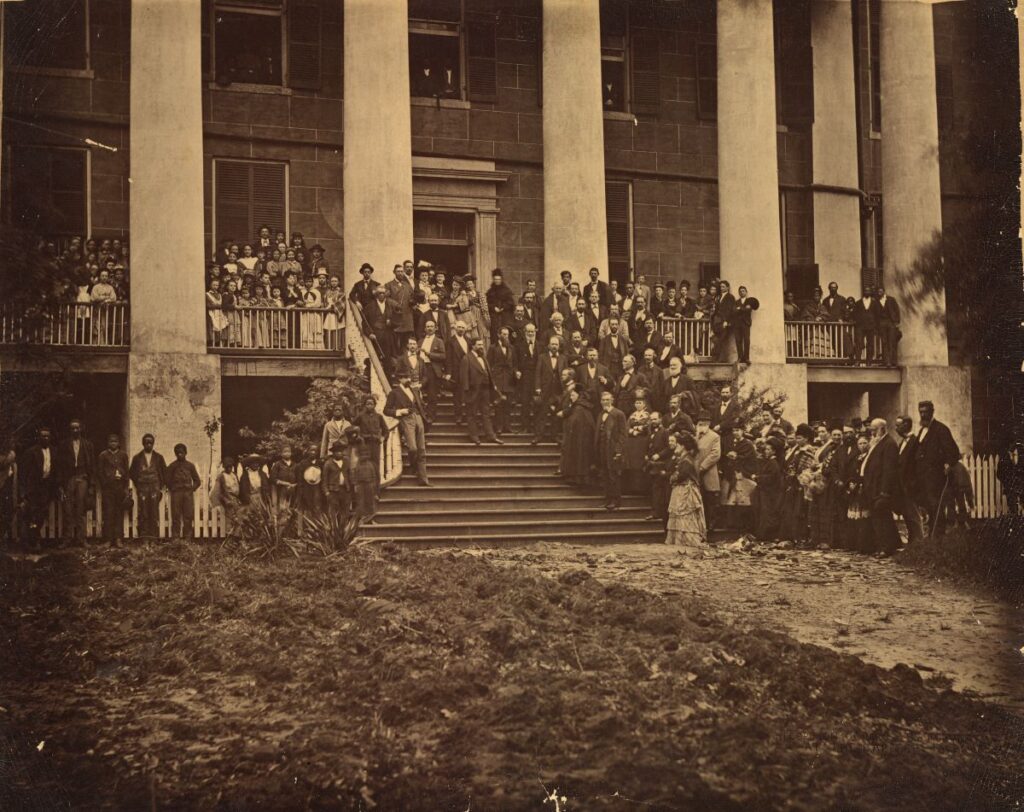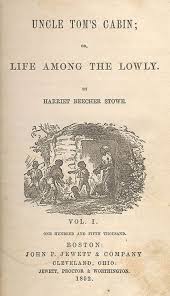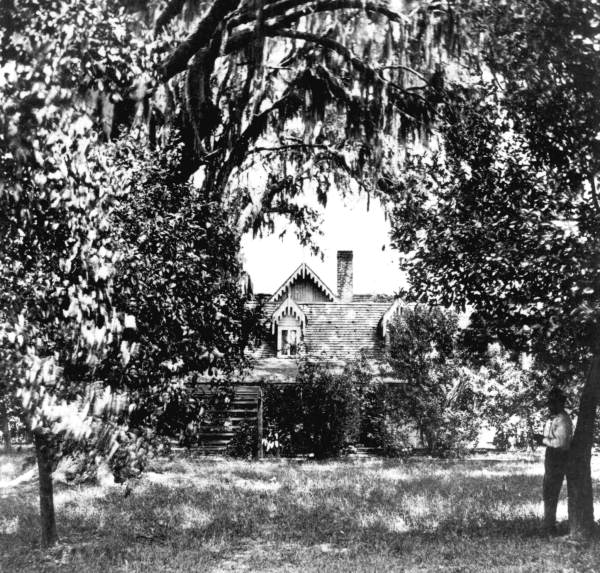New Life for Harriet Beecher Stowe, Son and New Neighbors
Harriet Beecher Stowe is said to have found her new life in Florida in 1883 when she visited Mandarin along the St. Johns looking for a possible place to invest in helping her alcoholic son. Frederick William Stowe was the fourth of seven children. According to the Harriet Beecher Stowe House writing, he was twelve when his mother published the famed Uncle Tom’s Cabin.
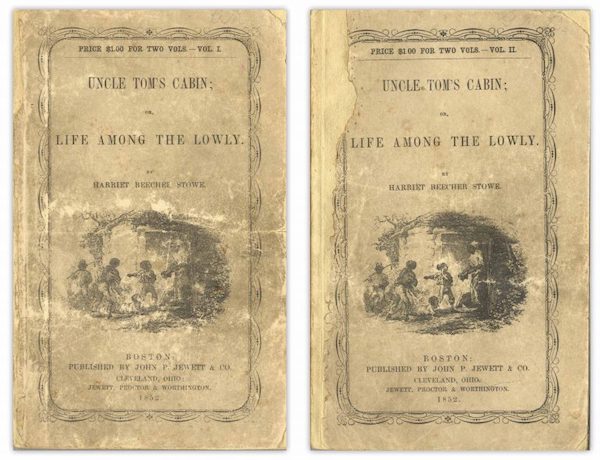
First Edition of Uncle Tom’s Cabin by Stowe
That article writer noted that Frederick had the “Burden of Fame”. There are many a parent who in today’s environment would send their child to a rehab center. Apparently, Frederick had that experience but it did not take. Stowe sent Frederick to Florida to manage a citrus farm very prominent in the Mandarin area at that time. It was believed that he could begin a new and get “healed” of this disease of alcoholism.
Harriet Beecher Stowe bought thirty acres along the St. Johns River of the Fairbanks Grant in Mandarin, Florida. They wintered in their cottage there from 1883-1884. The original intent was to give her son something to do while he fought his battles with alcoholism but upon her coming, she fell in love with the flora and fauna and purchased land. It is not known how Frederick did regarding his problems however, Stowe and her husband worked with local Black children with education.

There is a marker at the Mandarin Community Club in the vicinity of the 30 acre grant. It reads the following:
In 1867, Mrs. Harriet Beecher Stowe and her husband Calvin bought thirty acres of the Fairbanks Grant in Mandarin which served as their winter home until the winter of 1883-1884. The move to Florida was due to plans for philanthropy among the Negroes and a desire to benefit her son’s health. While in Florida, Mrs. Stowe, author of “Uncle Tom’s Cabin”, wrote sketches called “Palmetto Leaves”. The Stowes were active in local charitable and religious activities.”
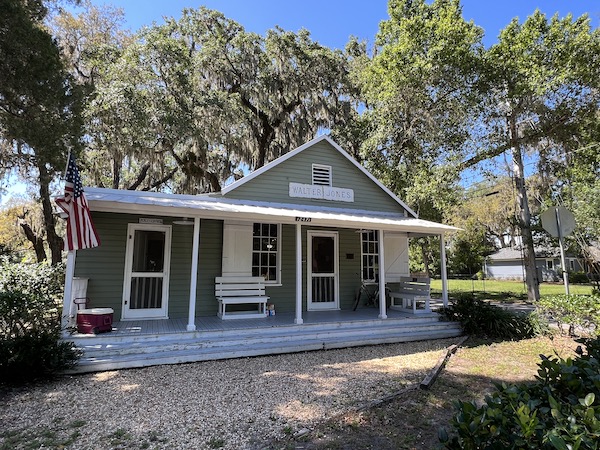
Stowe became a force in the area. It was a new life for not only her and her husband, but their son, and other children. They all gained new neighbors who benefited by her philanthropy as she wintered for some 17 years in Mandarin along the St. Johns River.
See you tomorrow,
Nan
Sources: Markers, Harriet Beecher Stowe House, Wikimedia.
This information including Ramey photos may be used with credit to Ramey Collection. Photos may be 3rd party for which may be secured by copyrighted owner.
If you believe you are a copyright owner or can help with information regarding this article, including to clarify rights or information issues, please contact me. We are willing to remove any item from public view if there is any concern regarding ownership.
